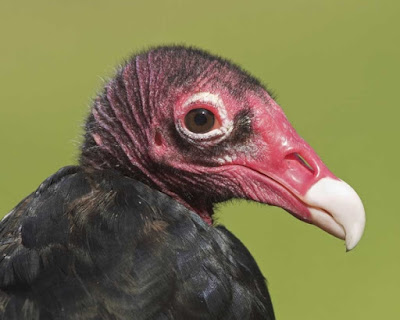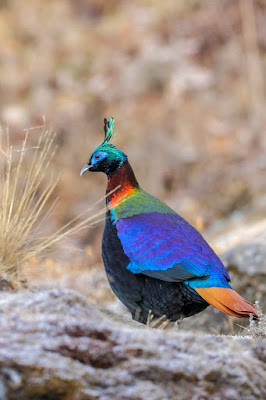There were numerous
birds in our backyards even a few years back. But birds we used to see at least 10 years back are hard to find recently. Indian sub-continent used to host a lot of common birds which are rarely seen these days. Loss of habitat, increase in Mobile towers radiation, improper & abundant usage of pesticides, poaching and without permission hunting have taken a heavy toll in the bird ecology. Common birds like Sparrow, Owl, Magpie Robin, Drongo, Jungle babblers, Nightjar, Hawk Cuckoo are hardly seen these days. On the other hand rapid increase in Crow population has been observed in Indian sub continent which, as per the scientists, is due to increase in garbage & waste dump all over. Can't we do something to save these birds which used to sing just a decade back. Indian Government is trying hard to protect them but is not it our responsibility too to protect them? No government can succeed in this kind of plans without its inhabitants being actively taking part into these. We need be concerned about them as well. If they keep decreasing in number every year it'll affect the ecology & human life as well. That day will not be a good day after all.
Here is a list of most common bird used to be seen all over India but has drastically decreased in number -
1. Forest Owlet : One of the cutest and most photographed bird has been considered extinct but later found in adequate numbers in Indian sub-continent. But still their numbers are not very much satisfactory.
 |
Owlet
|
2. Vulture : Vultures were one of the most seen bird in the Indian and African Continent but has been drastically decreased recently. Due to increased usage of Diclofenac in Vet medics has affected the population of this bird heavily. Also usage of uncontrolled pesticides has decreased their number.
 |
| Vulture |
3. Sparrows : The most popular bird in every house hold is seen rarely these days. Mobile towers in locality, decrease in vacant space due to lesser number of trees, decrease in insects due to high use of insecticides which happens to be their food have summed up to their disappearance.
 |
| House Sparrow |
4. Hawk Cuckoo : Used to frequently seen at Spring all over India this bird is commonly known as Brain Fever or Chokh gelo In Bengali. But suddenly the number has gone down drastically. Increase in temperature, deforestation to make human civilization enriched fatally affected the bird population.
 |
| Hawk Cuckoo or Brain Fever |
5. Himalayan Monal : A common bird in upper Himalayas has been substantially decreased in number due to hunting and poaching. Very colorful feathers have always attracted men & it is very popular to use the feather in Hats. Due to excessive killing this beautiful bird is currently an endangered species.
 |
| Himalayan Monal |
6. Munia or Avadavat : These small but extremely agile bird was frequently seen in all over Bengal even 5-6 years back. But again high usage of pesticides, lesser open space has lowered the numbered heavily. Specifically Red Avadavat number has gone very less.
 |
| Red Avadavat |
7. Indian Roller/ Neelkantha : It is said the famous Bengal Durga Puja is not complete without this bird. But poaching & superstition has almost put this beautiful bird species on the verge of extinction.
 |
| Neelkantha Bird |
8. Drongo : Commonly known as Finge in Bengal was very popular & distinguishable by its divided tail. But recently there has been frequent decrease in the number due to pollution, increased temperature etc.
 |
| Finge / Drongo |
9. Great Indian Hornbill : There are several legends about this bird, it has been hunted all over India. Loss of habitant & poaching has put this majestic bird into real danger. We need to act real fast if we really want to see this bird in near future.
 |
| Indian Hornbill |
10. Chestnut Tailed Starling : A common variety of Myna widely seen in South eastern part of Asia is now rarely seen. These birds likes to stay in a flock and feeds on fruits & insects. Rapid destruction of trees & increase in pesticides has affected their lifestyle to a great extent.
 |
| Chestnut Tailed Starling |
Apart from these there are a lot of other birds which needs real attention. Its still not too late when we can't do anything to save these beautiful species. Its our responsibility being the most intelligent mammal in this world to take care of other species. Let's support the wildlife habitat by increasing the open space protection, planting a good amount of trees, making people aware of how chemical pesticides are affecting them and by increasing global awareness through campaigns involving social media. Else this planet will soon lose the balance Eco-system must need in order to survive. The what will happen to us?
**
most of the pictures are taken from Google.




















0 comments:
Post a Comment